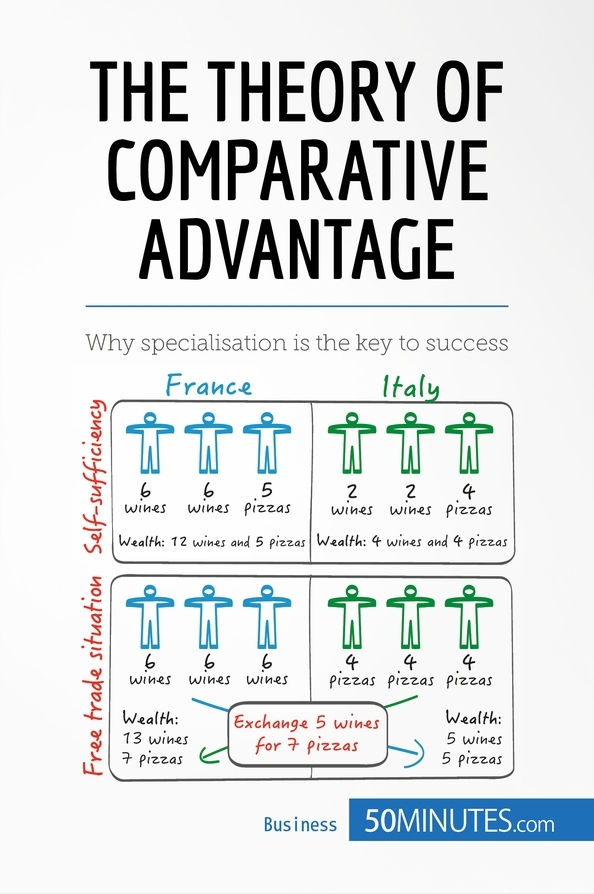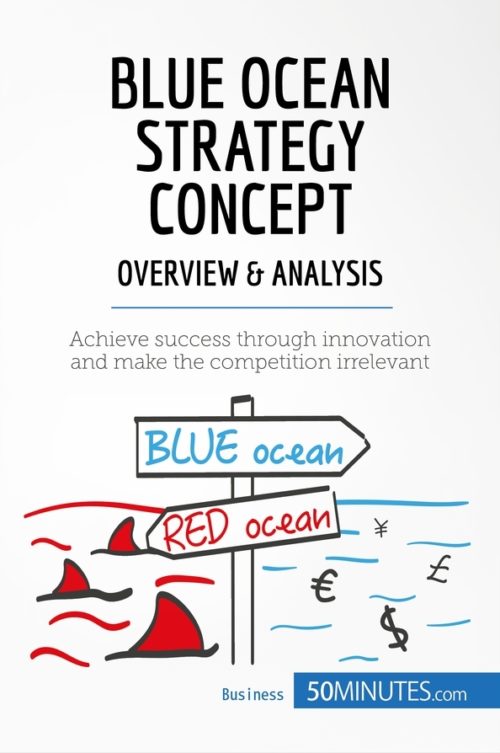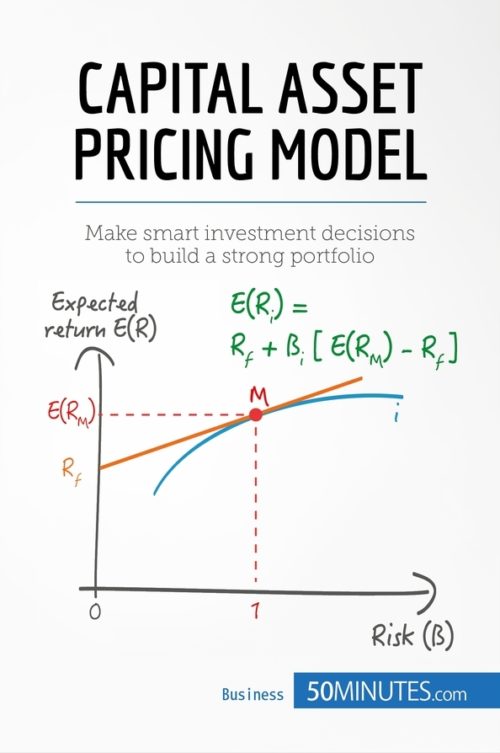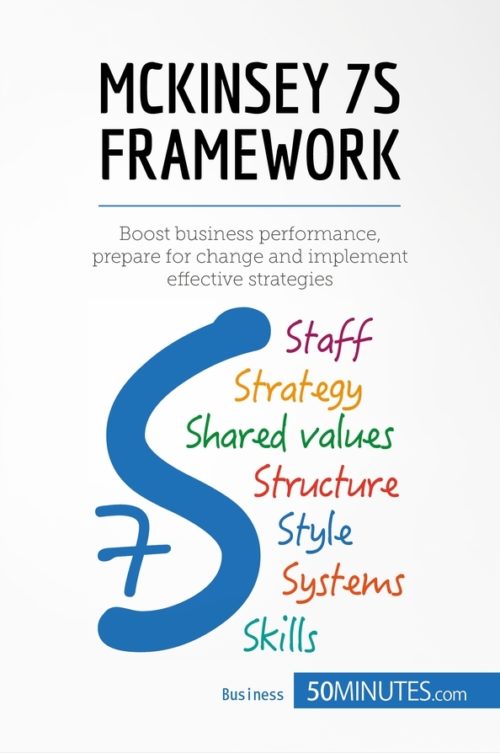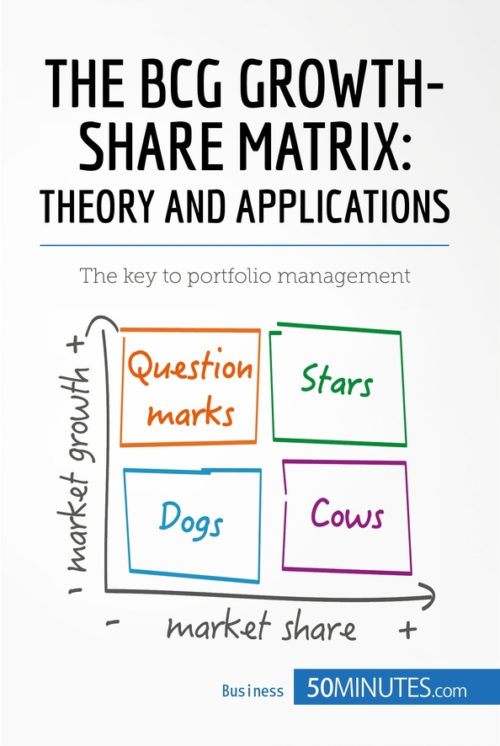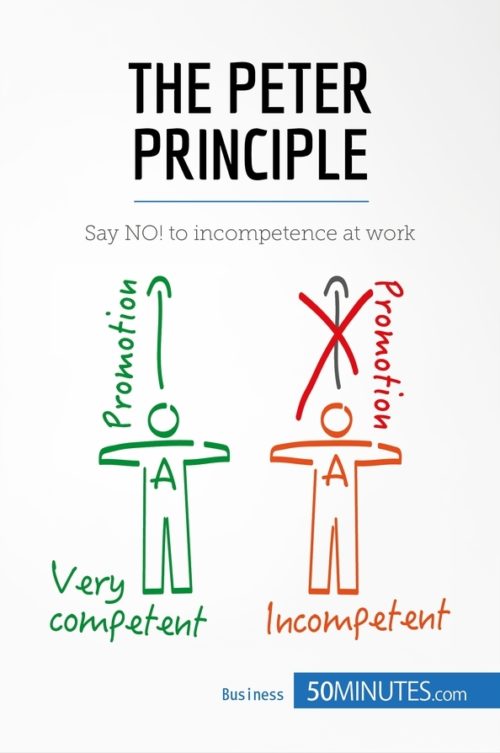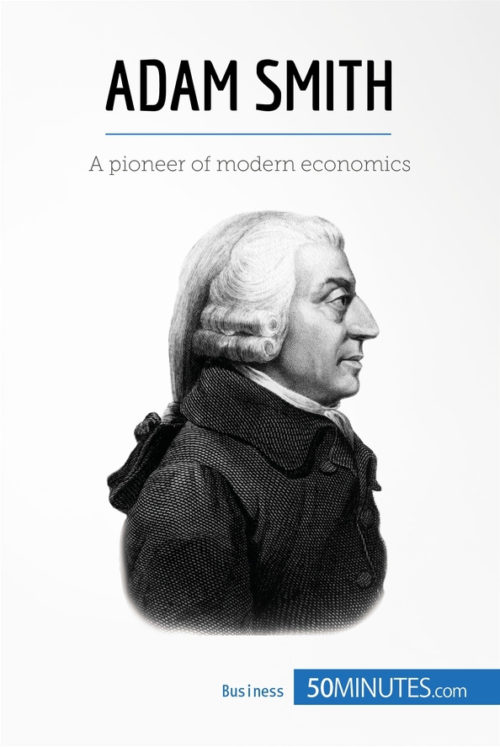The Theory of Comparative Advantage
The Theory of Comparative Advantage
$4.99
Read more
Understand the essentials of the theory of comparative advantage (also known as the law of comparative advantage or the law of relative advantage) in just 50 minutes with this practical and concise book. This theory, which was developed by the renowned economist David Ricardo, illustrates that specialization and trade benefit both parties in the exchange and generate wealth. It maintains that comparative advantage is more important than absolute advantage, as theorized by Adam Smith, which helps us to understand how trade between countries can be mutually beneficial.
This book will provide you with a handy introduction to the applications of the theory of comparative in international trade, the outsourcing of tasks and the division of labor. It also features several practical examples, a discussion of the theory’s shortcomings, and an introduction to related concepts, such as the theory of immiserizing growth, the theory of protectionism for emerging companies and the theory of unequal exchange.
About the theory of comparative advantage
The theory of comparative advantage builds on the earlier theory of absolute advantage by asserting that a country with several absolute advantages should specialize in the sector which represents a comparatively greater advantage for it. Similarly, a country which possesses no absolute advantages should focus its efforts in the area that offers comparatively the least disadvantage.
In this book, you will learn how to use comparative advantage to determine which area to specialize in, understand the importance of opportunity cost and use your findings to increase efficiency and productivity. A clear explanation of the benefits and potential drawbacks of the theory, a discussion of several practical examples and an introduction to related models will give you the tools you need to tailor your approach to your situation.
This straightforward and accessible 36-page book is structured as follows:
- Introduction to the theory of comparative advantage
- Theory
- Opportunity cost
- The theory of comparative advantage in economic history
- Presentation of Ricardo’s comparative advantage model
- Limitations and extensions of the theory of comparative advantage
- Limitations and criticisms
- Related models and extensions
- Applications of the theory of comparative advantage
- International trade throughout history
- The division of labor and specialization
- Illustrations of gains from trade: the automotive market
- The advantages of market exchange
- Summary
Product details
| ISBN | 9782806264084 |
|---|---|
| Publisher | Plurilingua Publishing |
| Serie | 50MINUTES.COM – Business |
| Format | |
| Pages | 30 |
| File size | 3.6 MB |
